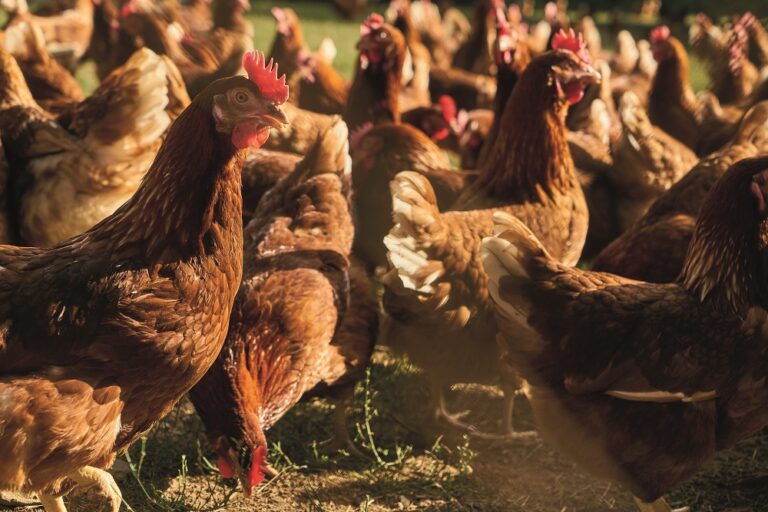By Alexandra McDaniel, veterinary adviser, Boehringer Ingelheim Animal Health
Innovation and Marek’s disease (MD) control have gone hand in hand since the development of the first MD vaccine in the late 1960s. This was a breakthrough, not only for avian research in terms of controlling MD but also for cancer research, as it was the first vaccine to be developed to control a neoplastic disease. Prior to this, poultry keepers could see more than 90% morbidity and mortality in their flocks during an MD outbreak.
The ever-evolving nature of the MD virus, in terms of virulence and the ability to break through previously protective levels of immunity, is a well-documented and acknowledged event in the history of this disease worldwide.
Research and development in the area of MD vaccines has evolved alongside this pattern over the decades. This has resulted in the creation of MD vaccines derived from each of the three MD serotype groups and has included the use of novel vaccine development, for example in the form of vector vaccines.
Virulence versus vaccine
Up until now, the most recent development in the field of MD vaccination occurred in the 1970s when a CVI1988 (Rispens) serotype-1 vaccine was discovered and developed and used to protect against the increasingly virulent strains of MD. However, given the well documented ability of this remarkably resourceful virus to evolve, the question is whether the global poultry industry is ready for the next battle of virulence versus vaccine?
Innovation is inherent in vaccine development, especially for a virus that is ever evolving. The next generation of Marek’s disease vaccines involves the creation of a chimeric or hybrid vaccine strain RN1250, as contained in Prevexxion RN. Chimeric vaccines are produced by substituting genes from the target pathogen for similar genes in a safe, but closely related organism. This is a brand-new innovative design concept in the field of MD vaccines and this wider concept of chimeric vaccines has already shown promise in the development of potential vaccines for human diseases such as Yellow Fever and Dengue Fever.
The creation of Prevexxion RN is innovative in terms of unprecedented engineering of vaccine virus design in two fundamental ways. Firstly, due to its chimeric structure and secondly the involvement of LTR inserts in its genome (genetic material).
Chimeric structure:
The new RN1250 Prevexxion RN strain has been created by taking the best traits from three different existing strains of MD virus and combining them to create the first hybrid vaccine virus against MD to give wider protection in the field against very virulent MD.
LTR (Long Terminal Repeat) insertion as the method of attenuation:
The second area of innovation is in the way this vaccine virus has been attenuated (attenuation is a way of altering the vaccine virus so it doesn’t harm the host but can still trigger immunity). Classic MD serotype 1 vaccines are developed by attenuating low virulence strains through several passages of cell cultures. Whilst each passage reduces the ability of the vaccine to actually cause disease in the birds, it also has the potential to decrease efficacy. LTRs are naturally occurring parts of the genome sequence found in many different viruses that can result in the natural attenuation of a virus, without the need to passage through cell culture. Viruses can naturally exchange and insert LTRs. Advancement in vaccine creation technology has harnessed the naturally occurring LTR insertion process and used it in the process of attenuation of the new RN1250 vaccine strain.
These two innovations give Prevexxion RN the ability to provide protection against very virulent MD in a way that safeguards bird health without compromising on vaccine efficacy and therefore protection.


